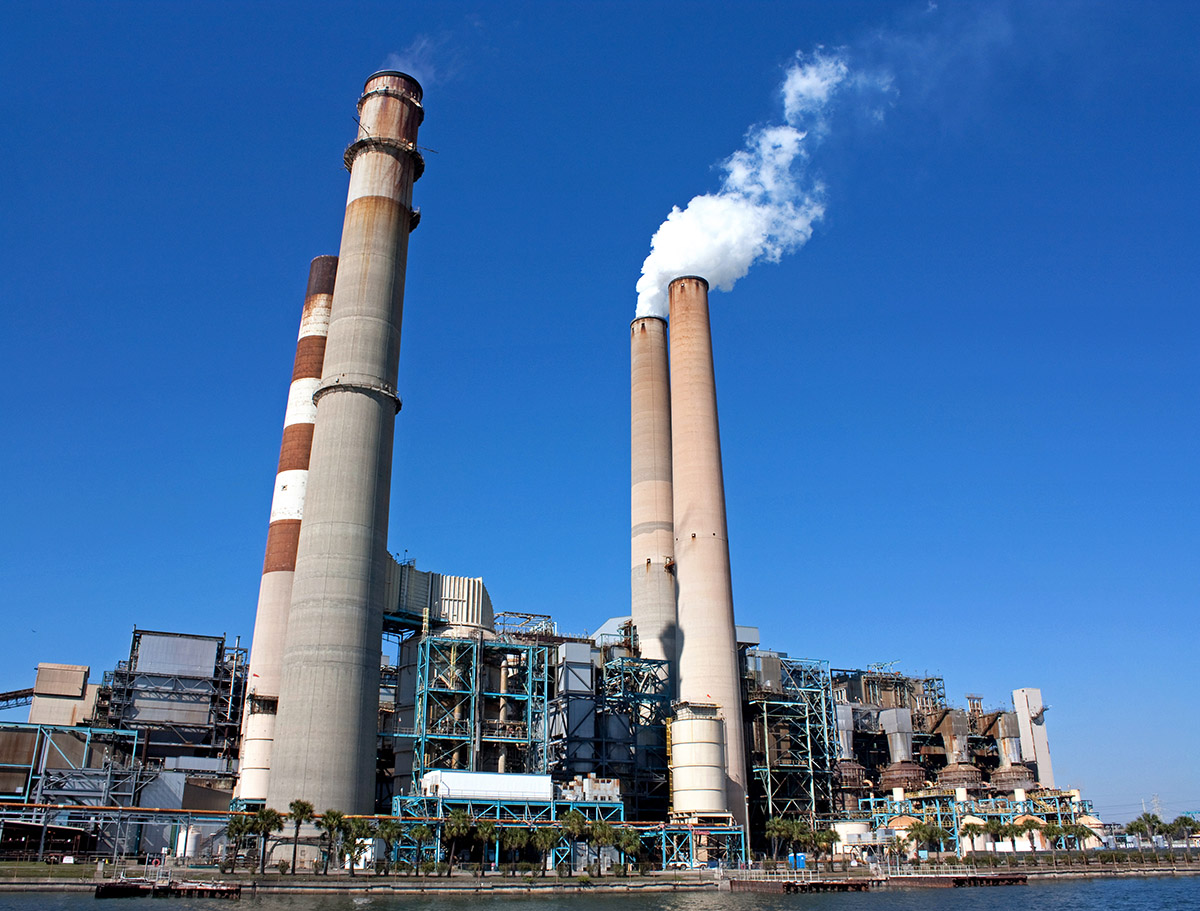
Introduction

Earth’s climate has changed significantly throughout our planet’s history. Some periods have been warmer than usual, others colder. In fact, parts of New York City used to be covered by a giant sheet of ice! Climate change has been a natural, slow process occurring over hundreds of thousands of years as atmospheric conditions shift or continents move.
But the change in Earth’s climate in recent years is different from the gradual change that has happened before. Our global climate is changing at a faster rate than has ever been recorded or measured.
How do scientists know the climate is changing? Climate is determined by measuring the average precipitation and temperature in an area. So if you can track the temperature over time, you can get a good sense of how climate has changed. Scientists have direct measurements of the global surface temperature from the 1850s until now. For temperatures further back in history, scientists can figure what the temperature was - even hundreds of thousands of years ago - using indirect measurements of ice cores, coral reef cores, tree rings, sediments from the ocean floor, layers of rock, and more.
In recent years, the rate of change in global surface temperature has been more extreme than ever before. These changes are being tracked by the Intergovernmental Panel on Climate Change (IPCC), a group of international scientists and experts who monitor Earth’s changing climate. According to the IPCC’s most recent report, the last thirty years are likely to have been the warmest on Earth than any in the previous 1,400 years. From 1983 to 2012, each decade was warmer than the one before it. Global surface temperature has increased by 0.8 °C (1.4 °F) since 1880. Why does such a small increase in temperature have so many scientists worried?
To understand why a change of 0.8 °C is a big deal, it can be helpful to put global warming in perspective. Think about the amount of energy needed to change the temperature of a room by one degree, and the amount of energy needed to change the temperature of a sports stadium by one degree. It only takes a small amount of energy to heat a room by one degree. But changing the temperature of a sports stadium takes a huge amount of energy. Think of the globe as similar to the sports stadium. To change the temperature of the entire globe even a single degree takes a massive amount of energy.

Where is all that energy coming from?
Scientists have identified a group of gases, called greenhouse gases, that trap heat in Earth’s atmosphere. Greenhouse gases, including carbon dioxide, methane, and nitrous oxide, are a normal part of Earth’s atmosphere. These gases help to keep Earth’s temperatures habitable for the living things on the planet. But too much of these gases can cause an increase in global temperature that has widespread effects.
In 2014, the IPCC reported that the atmospheric concentration of these gases is higher than it has been in the last 800,000 years. The atmospheric concentration of carbon dioxide has increased by 40% since 1750. Methane has increased by 150% since 1750. Why are the greenhouse gases increasing in concentration? These gases are the result of many types of human activities including energy production, construction, agriculture, industrial production, and transportation. These activities are pumping greenhouse gases into the atmosphere more quickly than Earth’s oceans and plants can absorb them. This surplus is very likely the reason the planet is experiencing increased global temperatures.
Changes in global temperature have had a significant effect on many of Earth’s systems including sea ice, sea level, ocean temperatures, glaciers, and the migration and behavior of animals. Read the following case studies to learn more about the effect of rising global temperatures and human activities on Earth’s systems.
